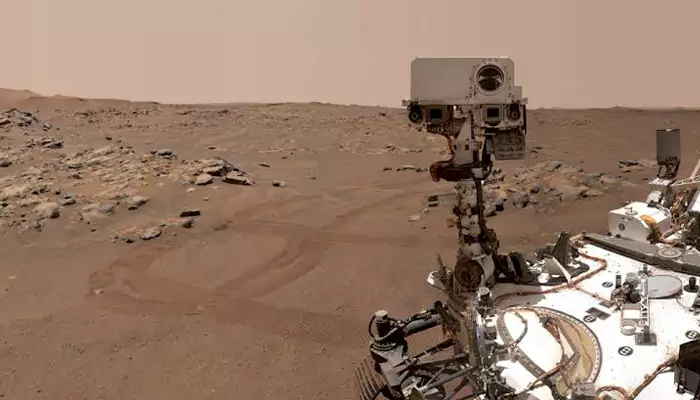Asteroid's Overview
NASA has brought attention to the asteroid 2025 QV9, a space rock about 100 feet in size. This means it could potentially cause considerable local damage
if it were to impact Earth. The asteroid is currently traveling at an incredible speed, exceeding 10,000 mph. The agency's monitoring of the asteroid is crucial in understanding its path and any possible threats it might present. These objects are constantly tracked to assess potential risks and provide early warnings to the public, allowing scientists to determine the likelihood of a collision. This ongoing surveillance demonstrates NASA’s commitment to protecting Earth from space hazards, ensuring the safety of its inhabitants, and advancing the scientific understanding of the cosmos.
Impending Approach Date
The date to watch is September 10th, when 2025 QV9 is expected to come closest to Earth. NASA carefully monitors the trajectories of these near-Earth objects. While the current assessment is a flyby, there is a necessity for continued tracking and study to make sure there are no surprises. Continuous monitoring and analysis are critical for accurate prediction. Such precision helps scientists understand the probability of impact over longer periods and allows for timely responses. The closeness of the approach highlights the importance of space surveillance systems. It showcases the vital function these systems perform to minimize hazards related to asteroid impacts.
Speed and Impact
The asteroid's rapid speed of over 10,000 mph raises concerns about its potential impact. At such velocity, an asteroid of this size could cause significant damage upon impact. The location of the impact would influence the nature and severity of the damage. Understanding the kinetic energy of the asteroid is critical for evaluating possible scenarios. If it were to enter the atmosphere, the destruction could vary widely depending on factors such as the angle of entry, the asteroid's composition, and the geography of the impact site. The scientific community constantly refines its models, using observational data to assess the possible effects of impacts by near-Earth objects.
Level of Concern
While NASA has issued a warning, the level of concern is not necessarily alarmist. Continuous monitoring and a complete understanding of the asteroid's orbit are essential for evaluating any risk. The agency's goal is to provide accurate information and promote public awareness. NASA's protocols emphasize the importance of monitoring, so as to identify and assess risks in advance. They are actively involved in mitigation strategies, aiming to protect Earth and its inhabitants from potential dangers from space. Regular updates and transparent communication with the public are integral to NASA's strategy for managing asteroid threats. By making sure of the best available data, NASA can reduce uncertainty, giving the public an accurate picture and enabling informed decisions.
Future Monitoring
Ongoing surveillance is crucial in monitoring the asteroid. Sophisticated telescopes and other equipment are used to gather data. This information informs predictions regarding the asteroid's path. Through repeated observation, scientists continually refine their understanding of 2025 QV9’s movement. Tracking is done over extended periods of time to make sure that any risks are properly anticipated. The continual enhancement of space-based technologies is helping in refining the data collection. In addition to just monitoring, scientists also run simulations to model how asteroids behave. By using this method, NASA prepares itself for possible future encounters, always placing the safety of our planet first.








